We’ve all heard of the likes of Al Capone and Bugsy Siegel, notorious gangsters from an age gone by. Their names live on as legends of organized crime.
But did you know about the female mob bosses who were legendary in their own right?
Witty, strong, and resourceful, these women rose to prominence in the world of organized crime. Often they were even more successful than their male counterparts.
These women used their wit to evade capture and imprisonment, which meant that they often became mob bosses without incarcerated brothers or husbands. And yet history shows us that these women were every bit as dangerous and cruel as their male colleagues.
Here are the stories of some of the most famous female mobsters in history.
Virginia Hill
Legend has it that Virginia Hill was born into a poor family in Alabama. At age 12, she learned to use sex to get what she wanted. By the age of seventeen, she had already been married and divorced.
She quickly ditched her husband (whom she had married at the age of fourteen) once he had gotten her out of Alabama and to Chicago.
Once in Chicago, Hill worked as a waitress and a dancer. Some believe she might have worked as a prostitute as well. It was here that she first became connected to the mob.
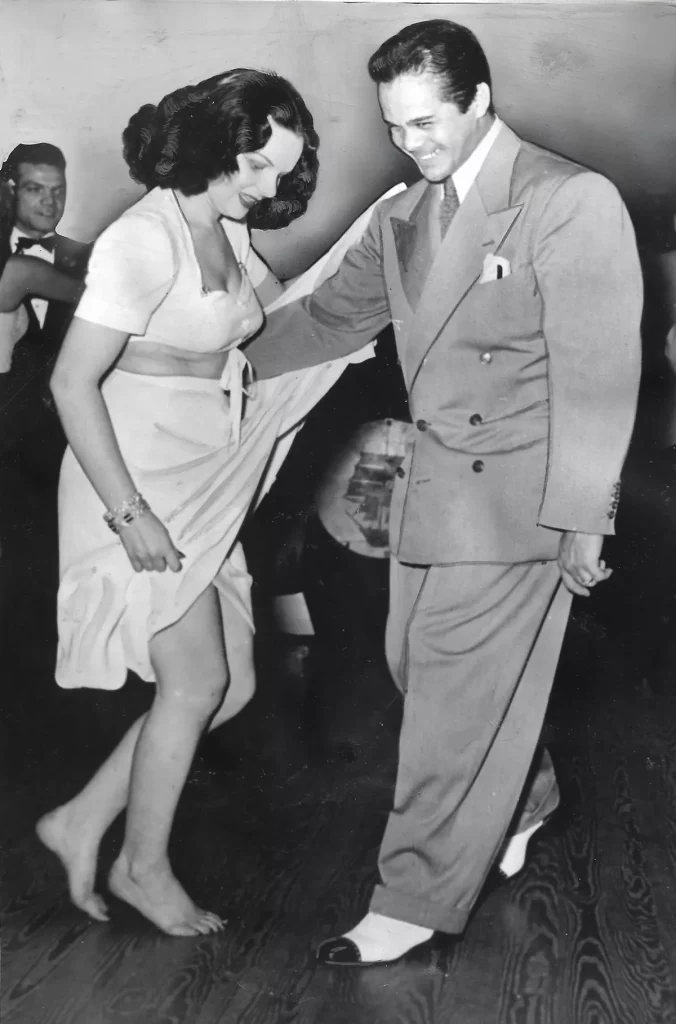
Later, Hill rose to prominence as the girlfriend of the famous gangster Bugsy Siegel; however, she was ruthless and enterprising in her own right.
Her notoriety brought her several nicknames, including Queen of the Gangster Molls. Bugsy affectionately referred to her as Flamingo.
She started her career in crime as an accountant for Al Capone. But she quickly rose through the ranks as a cash courier, money launderer, and spy, unabashedly using her looks and charm to get what she wanted.
She had no scruples about using sex to entice and seduce powerful men. Her unfailing confidence was an inspiration to notorious gangsters like Meyer Lansky, Jake Gusick, and Charles Fischetti. And, of course, Benjamin “Bugsy” Siegel remained obsessed with her until the end.
Hill was often employed as a heroin trafficker and mob informant in Mexico. Decking her seductive body with expensive jewelry and furs, she was able to impress powerful men to give her deals.
Unfortunately, after Bugsy’s murder, Hill quickly found that her crimes caught up with her. Constantly running from the law and significant debt, she was finally found in a snowdrift in Austria, presumably after overdosing on sleeping pills. But some believe she might have been murdered by one of her many enemies.
Stephanie St. Clair
Stephanie St. Clair achieved notoriety as the queen of illegal numbers in Prohibition-era Harlem.
She was born and raised on the French island of Martinique. After she emigrated to New York in 1920, she quickly earned the title of “Madame” by mastering the numbers racket in Harlem.
This racket provided a way for low-income people to enjoy gambling on racehorses. It also provided more jobs than any other local business, as people worked for St. Clair as runners and collectors.
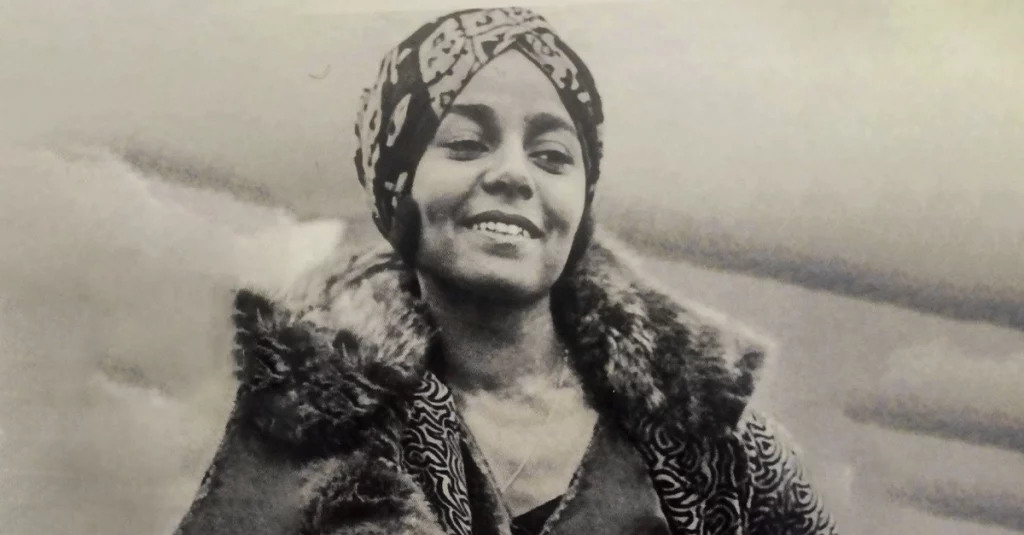
She was also single-handedly responsible for exposing the corruption at the heart of the New York City police department by testifying against officers who had accepted bribe money.
Police officers were found to be profiting off the same crimes they were supposed to prevent.
St. Clair bravely fought against the white male mobsters who wanted to take over her hard-won territory in Harlem. In 1930, she was one of the wealthiest women in the U.S., with a net worth of $300,000 (the equivalent of about $4.3 million today).
Her testimony to the Superior Court was memorable for many reasons. She showed up dressed in expensive furs and a fancy hat and then gave evidence that the plainclothes vice cops in her neighborhood had accepted bribe money for not arresting her employees.
The bribe money amounted to about $6,000 in all. However, the cops failed to honor the terms of the agreement and made the arrests anyway.
She gave this evidence in a French accent, with great force and some profanity. She even gave names, leading to several police officers and some numbers bankers being charged. As a result, the NYC police department was overhauled as many police officers were fired or reassigned.
Griselda Blanco
It’s hard to think of any woman in history who was quite as cruel and ruthless as Griselda Blanco.
She was one of the wealthiest gangsters and the first to achieve billionaire status. She accomplished this feat by smuggling cocaine into the US from Colombia during the 1970s and 80s.
Blanco was high up in the infamous Medellín Cartel. It was reported that she got great pleasure from torturing and killing people. She ordered the murder of each of her three husbands, justly earning her the nickname of Black Widow.
Other apt nicknames for Blanco were the Queen of Narco-Trafficking, the Cocaine Godmother, and La Madrina. Although she rarely performed killings herself, she is said to have ordered the deaths of over 2000 people.
Her cruelty seemed to know no bounds; she even ordered the death of a two-year-old child. Although this particular hit was a mistake, Blanco was heard expressing gratitude that the little boy’s death would bring pain to her intended target.
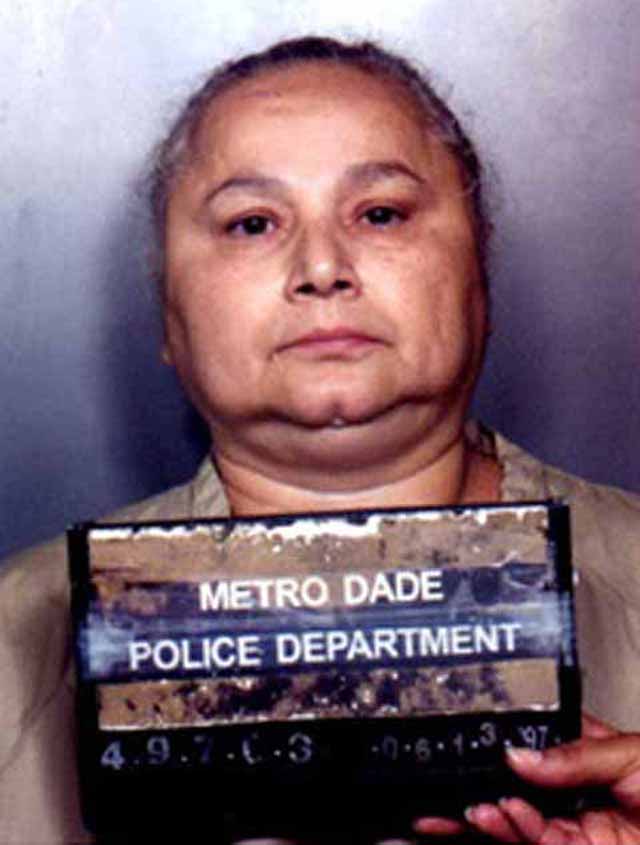
She was also linked to a machine gun massacre that took place in a mall in Miami in 1979, a battle in a bloody war between Cuban distributors and Colombian suppliers of cocaine.
Blanco was fiercely protective of her four children and would not hesitate to execute revenge if she believed them threatened in any way.
Ingenious in her ability to smuggle drugs, Blanco invented a type of women’s underwear designed especially to allow smugglers to conceal cocaine as they traveled from Florida up the coast to New York.
As with most gangsters, Blanco’s life of crime eventually caught up with her. A man on a motorcycle shot her to death in front of a butcher shop in her native Medellín, Colombia, when she was 69 years old.
Blanco’s life is so intriguing that a movie about her was released on cable TV. It was called Cocaine Grandmother and starred Catherine Zeta-Jones in the leading role.
Sister Ping
Her real name was Cheng Chiu Ping. Besides her nickname of Big Sister Ping, she also went by the sobriquet of Snakehead, which is from the Chinese word for a smuggler and is an accurate reflection of her deceptive and vicious nature.
She was the ringleader of a mob of human traffickers operating out of Chinatown, Manhatten. Under her direction, over 3000 illegal immigrants were smuggled into the U.S. from China. These immigrants paid about $30,000 each for the opportunity to travel from Hong Kong to Guatemala to New York in dangerous and sometimes deadly conditions.
Many of these immigrants did not survive the grueling 100-day trip. On one notable smuggling venture in 1993, Ping attempted to transport 300 Chinese immigrants from Hong Kong to New York in a rusted-out cargo ship.
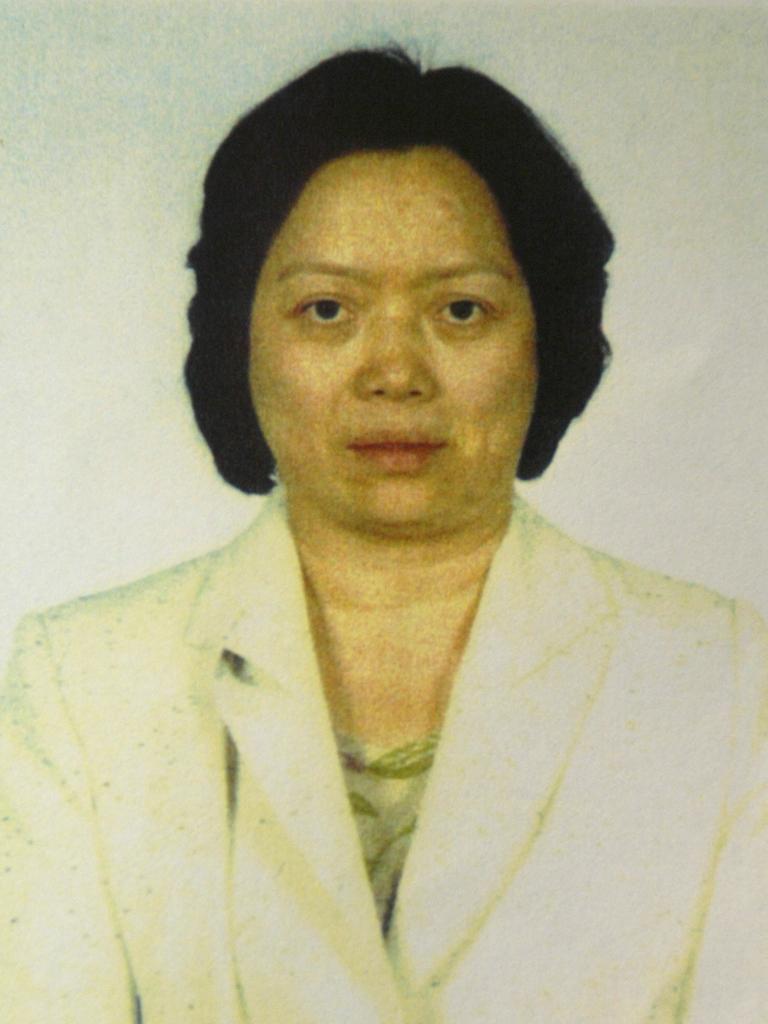
The ship ran aground off the coast of Queens, and ten passengers drowned when they attempted to swim to shore. Later, in 1998, fourteen immigrants died when one of Ping’s ships capsized off the coast of Guatemala.
Despite her inhumane treatment of immigrants, Ping achieved her goals to the tune of a personal net worth of about $40 million as a result of her smuggling enterprise.
As with most mobsters, Ping’s luck eventually ran out. She died in prison at age 65 after being charged and convicted of trafficking and money laundering.
Despite her notoriety, many of the immigrants she smuggled remember her with fondness as someone who made it possible for them to come and live in America as they had always dreamed of.
Immigrants from Ping’s home province of Fuji in China express gratitude for how she helped them climb out of poverty. Some of these immigrants described her as honest, warm, and good. Besides providing transportation to America, Ping sometimes would loan money when needed and often found jobs for poor immigrants in their new country.
Maria Licciardi
Italy is home to several powerful mobster clans. One of the most notorious of these is the Camorra, a deadly and dangerous criminal group that originated in Naples. For most of its history, the Camorra has been torn apart by internal conflicts; members often turned on each other with tragic results. That all changed when Maria Licciardi took the reins in the late 1990s.
Licciardi rose to prominence in her late forties as the head of the powerful Secondigliano clan, one of the biggest families in the Camorra. She was dangerous enough for inclusion on the Italian police list of the thirty most wanted criminals.
During the 1990s, many Italian mobsters were tried, convicted, and sent to prison. In their absence, wives and sisters often took the reins in their stead.
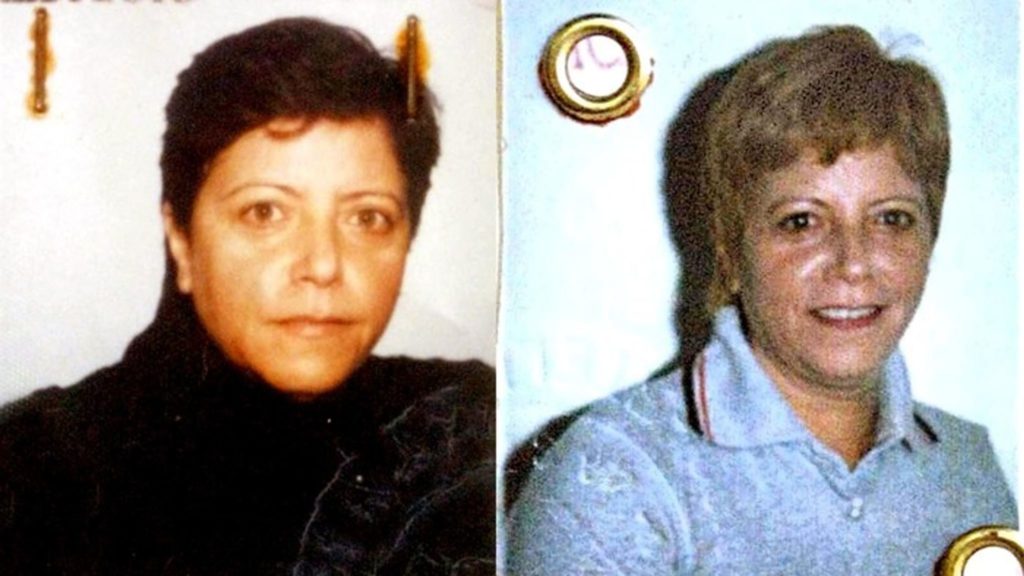
This was the beginning of a new trend in gangster history. In the past, women in the Mafia were confined to traditional roles such as cooking, cleaning, and raising children. With their men dead or imprisoned, women had to take on some of the more violent work of the organization.
Licciardi’s father had been the head of the clan. But when both Licciardi’s brothers, as well as her husband, were arrested, she quickly seized the role of “Godmother” (or “Madrina”).
She took charge of all the activities of the Camorra clan, organizing their endeavors in drug trafficking, smuggling, prostitution, and a variety of other profitable and illegal pursuits.
The men she worked with saw her as an equal because of her keen, practical intelligence and communication skills.
Licciardi’s keen negotiating abilities guided the warring rival clans within the Camorra to come together in order to pursue common goals. Due to her leadership, the city of Naples enjoyed a brief period of respite from mob-related killings.
Ma Barker
Arizona Donnie Barker was the impressive matriarch of a powerful gangster family.
She and her husband George had four sons: Herman, Lloyd, Arthur and Fred. The family’s idea of fun was pulling off elaborate robberies and other crimes.
They began their life of crime back in 1910. Soon, with the establishment of the Barker-Karpis gang, the family captured the attention of the media with their famous heists.
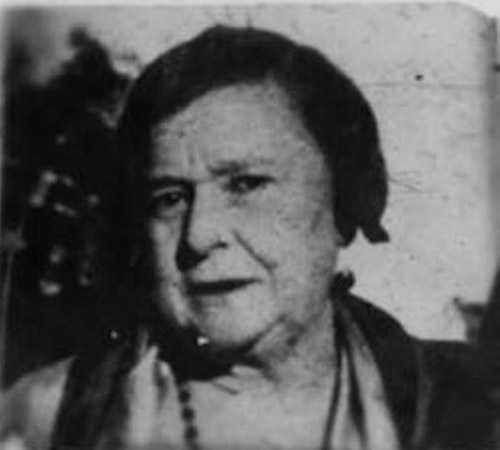
Their highway thefts escalated in violence as time went on, sometimes leading to murder.
In 1927, luck started to run out for the Barkers. Faced with an inevitable arrest, Herman chose to commit suicide rather than go to jail. Herman’s father and three younger brothers ended up serving jail time for their crimes.
However, this wasn’t the end of the story. In 1931, Fred (the youngest of the Barker sons) was released from prison and rejoined his mother for a crime spree.
This venture ended untimely when the cops found their hideout in Florida. Both Ma and Fred were killed in the confrontation that ensued.
Today, history remains uncertain about how guilty Ma Barker really was.
Did she simply go along with the wishes of her husband and sons, or was she the mastermind behind it all? FBI Director J. Edgar Hoover dubbed her one of the most vicious and dangerous criminals in history, yet those close to her insisted that she was not capable of that level of villainy.
We may never know the truth about Ma Barker. Yet her story has sparked the imagination of many, inspiring four movies (White Heat, The FBI Story, Bloody Mama, and Public Enemies) and even a cartoon (DuckTales).
These female mobsters prove that organized crime was not confined to male leadership. Women were a resourceful and wily force behind the scenes and were, in many ways, even more, ruthless and powerful than their male counterparts.

